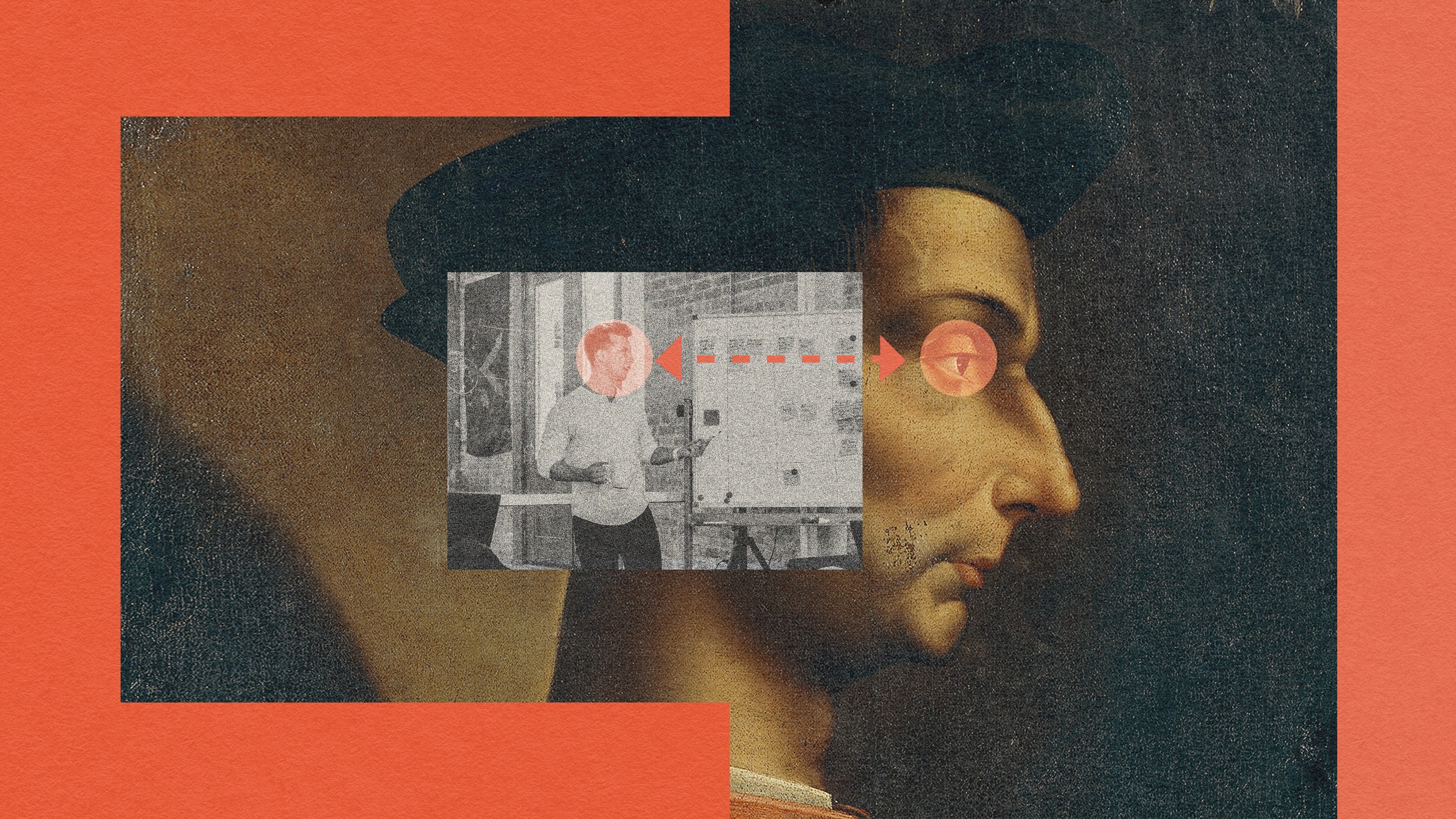The Art of Loneliness

Humans experience joy in a multitude of ways, yet the varied forms of suffering—death, divorce, separation—return to one root principle: loss. What drives the fear of loss is something far more frightening, a state of being which religions and spiritual practices have been attempting to combat, through theories of afterlife, disembodied spirits and karma, for eons: loneliness.
Consider the language most often used when contemplating the grief associated with loss:
While such sentiments make the receiver feel better, they are a temporary balm. Loss and death are integral parts of life; you can mask and decorate them, but you cannot make them disappear.
After going through a divorce last summer, I was offered similar affirmations of solace. While always well-intentioned, a few friends didn’t sugarcoat the loneliness. They turned me on to Pema Chödrön, a Tibetan Buddhist nun and author of several works that offer seemingly counterintuitive logic: Don’t run from loneliness. Run into it.
Groundlessness is the ideal state to be in, she says, for it cultivates empathy. Understanding that loss and loneliness are the underlying banes that humans suffer from reminds us to be compassionate in all of our dealings. The usual promises of rewards and birthrights—what Chödrön calls resolution—only feed the cycle of desire. To sit inside of the elemental loneliness of existence is to be in touch with all that is, at which point you can develop a new cognitive relationship in your identification with the world.
By understanding transience instead of being duped by what is presented as permanent fixtures of reality, you develop a constant awareness of the present moment. This is no easy task. Much of what we are offered in ways of healing is actually a cheap fix: a new gadget, the guarantee of a soul mate, an everlasting blissful life in which the soul sheds this limited body. The problem with fixes, of course, is that once one is satisfied, another soon takes its place.
In this Shambhala Sun article, Chödrön cites six ways in which one can develop a ‘cool loneliness,’ one which prepares the meditator for perceiving and living a different reality, one in which being alone does not equate to feeling lonely.
Less Desire
What she calls ‘the path of bravery’ involves constantly focusing on the present moment without the urge for resolution. We often have an incessant need to know what’s going to happen, with a prospective job, new love, or the outcome of a disease. Becoming fixated on what the result is going to be creates anxiety and helplessness. The empowering route is to let go of the outcome and be present with the process, painful as it might be. The more you become affiliated with uncertainty, the less your mind creates scenarios which may not have the opportunity of occurring anyway. Quoting Zen master Katagiri Roshi, ‘One can be lonely and not be tossed away by it.’
Contentment
Contentment (santosha) is one of the ten major principles in yoga philosophy. As Chödrön writes, ‘When we have nothing, we have nothing to lose.’ Contentment means not escaping from your issues, rather acknowledging them as part of a process that, like all else, will one day be gone. We really do not have a lot of days on this earth; every one we spend restless is one we could have spent enjoying being alive.
Avoiding Unnecessary Activity
When uncomfortable we default to what provides comfort, even if it is not healthy for us. Sometimes sitting for meditation and self-reflection must happen exactly when we’d rather be doing anything but. Unnecessary activities include going out drinking and obsessively hitting the gym to daydreaming and oversleeping. There’s nothing wrong with exercise as a healing tool. It just cannot replace time we need in stillness. Chödrön quotes the Japanese poet Ryokan: ‘If you want to find the meaning, stop chasing after so many things.’
Complete Discipline
If we want to do anything in life well, it must be a discipline. Religion provides a wonderful example: Being born into a faith does not mean you are living up to the ethics and morals that it prescribes. You must constantly practice. For myself, this means regular yoga asanas, as well as using its philosophical components as the foundation for all of my actions. In terms of loneliness, this implies taking these practices of stillness, reflection and meditation, and performing them, even during the toughest days…especially during the toughest days.
Not Wandering in the World of Desire
As Chödrön writes, ‘Loneliness is not a problem. Loneliness is nothing to be solved.’ While she already brought up cultivating less desire, this step simply means recognizing when you are engaged in an activity that is masking your loneliness, and to stop engaging in it. Such avoidances create addictions. One of my yoga teachers used to tell us not to keep coming to asana practice just for the fix of Savasana (corpse, or resting, pose). Every part of the practice is to be experienced for what it is, not as leading to somewhere else. Running away from loneliness results in more loneliness.
Not Seeking Security From One’s Discursive Thoughts
We are natural storytellers. Our brains create complex visual journeys for us to take. We average 2,000 daydreams per day, each lasting an average of 14 seconds. That’s a lot of imagination. While there is no inherent problem with this—it is who we are—when we use our inner world as an escape for what the outer world is presenting, we’re not dealing with the challenges right in front of us. If we crave security, we’ll find it by dealing with what confronts us. Running from challenges into the inner world of thoughts will never provide the security we seek.
Image: Aleshyn Andrei/shutterstock.com





